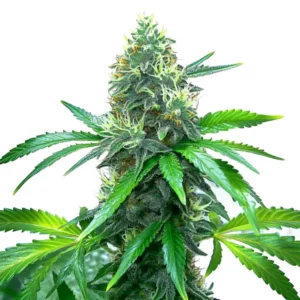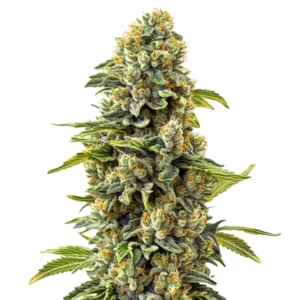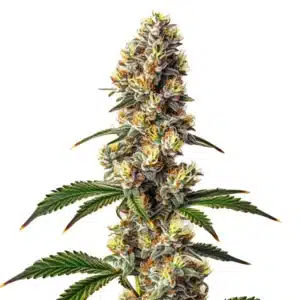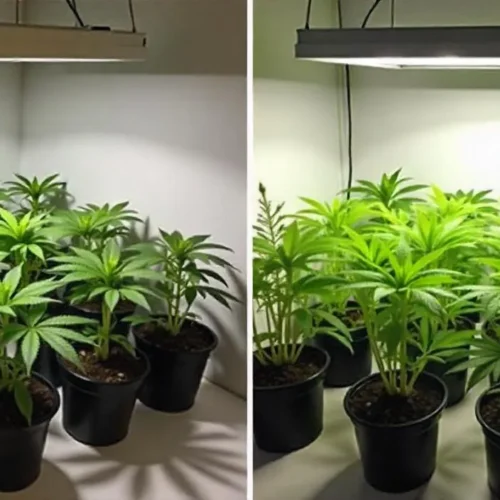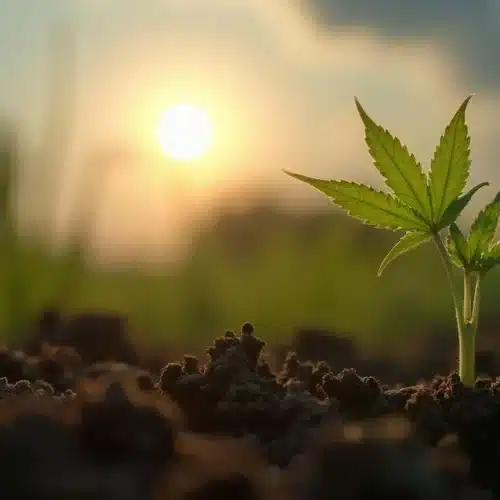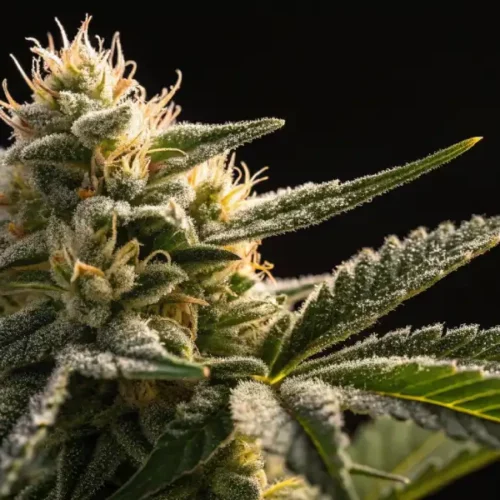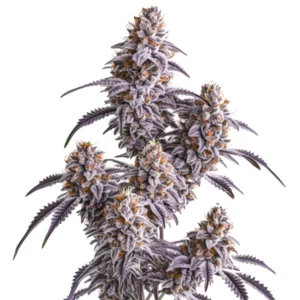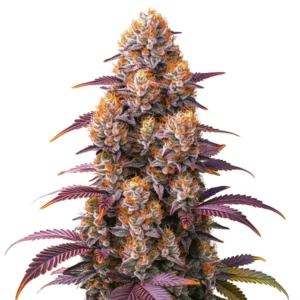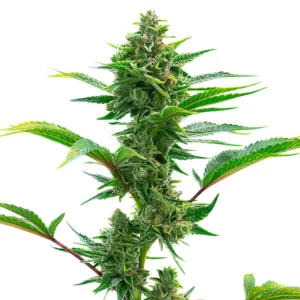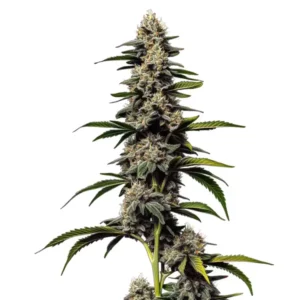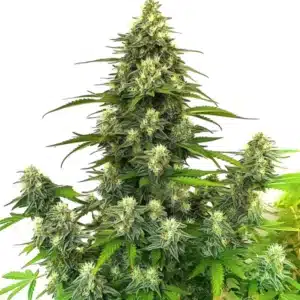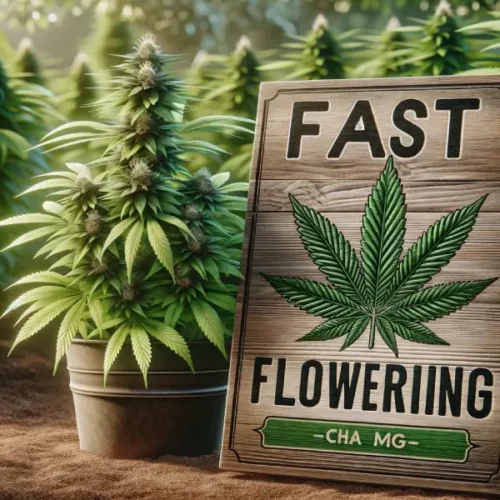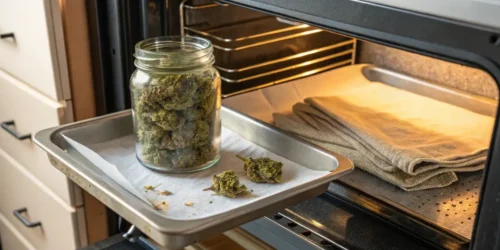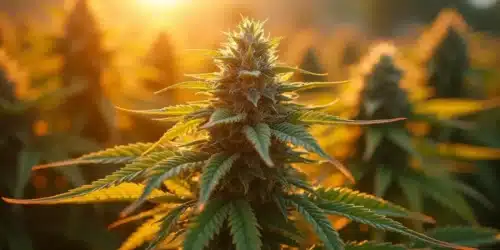Key Differences Between Deps Weed vs Indoor Weed
What is deps weed?
Deps Weed vs Indoor Weed differences are essentials. Deps weed, or light deprivation cannabis, is grown in greenhouses where growers control the light exposure. By using blackout tarps or specialized light-blocking systems, they simulate shorter daylight hours to force the plants to flower earlier. Comparing greenhouse vs indoor weed, it’s clear that both methods have their advantages. This method combines the advantages of outdoor growing with a degree of control usually associated with indoor setups.
Deps weed often benefits from natural sunlight, which enhances terpene profiles and provides a broader spectrum of light. This difference between indoor and outdoor weed lies in the natural sunlight exposure, which adds a unique touch to its flavor and aroma. This growing method allows cultivators to produce multiple harvests in a year, maximizing yield and efficiency. Comparing deps vs indoor weed, deps weed offers a unique blend of natural growth with controlled results.
What is indoor weed?
Indoor weed refers to cannabis grown entirely indoors under controlled conditions. This includes regulating light, temperature, humidity, and airflow to create the perfect environment for cannabis plants to thrive. Growers use artificial lighting, such as LED or HID lights, to replicate the sun’s effect and optimize plant growth.
Indoor weed is prized for its consistent quality, dense buds, and potent cannabinoid profiles. Since every element of the growing process is monitored, the end product is often visually stunning with vibrant colors and strong aromas. For many, the decision in deps vs indoor weed often leans toward indoor for guaranteed high quality.
Growing methods: natural light vs. artificial light in deps vs indoor weed
One of the most significant differences in deps vs indoor weed lies in the type of light used. Deps weed relies on natural sunlight supplemented by light-deprivation techniques. Sunlight offers a broader spectrum of light, often resulting in more diverse terpene profiles and natural flavors. However, it can be less predictable due to weather variations.
Indoor weed, on the other hand, uses artificial lights, which give growers complete control over the intensity and duration of light exposure. While artificial light can produce consistent results, it lacks the complexity of natural sunlight, potentially affecting the plant’s full terpene development. This lighting choice often defines the quality contrast in deps vs indoor weed.
Harvest time and production cycles
Deps weed offers growers the advantage of multiple harvests in a year. By manipulating the light exposure, plants can flower outside the traditional growing seasons, increasing overall production. This efficiency appeals to both commercial growers and consumers seeking more affordable options.
Indoor weed, though limited to fewer harvests, provides year-round growing opportunities. Since it’s not reliant on seasonal changes or outdoor conditions, cultivators can plan their cycles with precision, ensuring a steady supply of high-quality cannabis. In the deps vs indoor weed debate, production consistency is a key factor.
Appearance and quality of the final product
The appearance of deps vs indoor weed differs significantly. Deps weed often displays a mix of characteristics. While it benefits from sunlight, it may lack the uniform density and aesthetic appeal of indoor-grown buds. The quality of deps weed can vary depending on the grower’s expertise and environmental factors.
Indoor weed typically boasts a picture-perfect appearance, with dense, resinous buds and vibrant colors. Its controlled environment ensures consistency, making it a favorite for connoisseurs who prioritize visual appeal and potency. The debate around deps vs indoor weed often centers on this visual and quality distinction.
Potency and cannabinoid content
When comparing deps vs indoor weed, both methods can produce potent cannabis, but indoor weed often edges out deps weed in terms of cannabinoid levels. The controlled environment allows growers to fine-tune conditions to maximize THC and CBD content.
However, deps weed’s exposure to natural sunlight can create a richer terpene profile, enhancing flavor and aroma. For consumers, the decision in deps vs indoor weed may depend on whether potency or terpene richness is the priority.

Promos & Deals
Pros and Cons of Deps Weed
Lower production costs
Deps weed is more cost-effective to grow compared to indoor cannabis. Greenhouses require less energy since they utilize sunlight, reducing electricity bills and equipment costs. These savings often translate into lower prices for consumers, making deps weed an attractive option.
Its lower production costs make it accessible to a wider audience without compromising the potential for quality. In deps vs indoor weed comparisons, deps weed shines as the budget-friendly option for both growers and consumers.
Greater environmental sustainability
Using natural sunlight makes deps weed a more eco-friendly choice. It reduces the reliance on energy-intensive artificial lighting and minimizes the carbon footprint associated with indoor cannabis production. This appeals to environmentally conscious consumers.
Deps weed’s reliance on sunlight and natural cycles significantly lowers its environmental impact. For those seeking a greener option, it’s a practical choice that aligns with sustainable practices, especially in the context of deps vs indoor weed.
Limited climate control
A key downside of deps vs indoor weed is the limited control over environmental factors for deps weed. While greenhouses offer some protection, weather changes and pests can still affect the crop. Growers must remain vigilant to maintain quality.
Despite its benefits, the unpredictability of weather can introduce challenges. Skilled growers often mitigate these risks through advanced greenhouse management, but this requires experience and investment.
Variability in bud quality
The quality of deps weed can vary widely depending on the grower’s expertise and the conditions during the growth cycle. While some deps weed rivals indoor cannabis in quality, others may fall short in appearance and potency.
Consistency can be a concern for consumers. However, when executed well, deps weed can deliver exceptional results that compete with top-tier indoor products, making it a valuable player in the deps vs indoor weed market.
Pros and Cons of Indoor Weed
Complete control over growing conditions
Indoor weed allows growers to control every aspect of the environment. From temperature to humidity, they can create the ideal conditions for cannabis plants to thrive. This level of precision ensures consistent quality and potency.
With full control, growers eliminate external risks, ensuring every harvest meets high standards. This predictability makes indoor weed a favorite for dispensaries and premium markets in the deps vs indoor weed landscape.
Higher potency and more defined terpenes
Indoor weed often stands out for its intense potency and well-defined terpene profiles. The controlled environment ensures that plants receive optimal care, resulting in robust flavors and aromas that satisfy even the most discerning consumers.
The ability to fine-tune the growth process gives indoor weed an edge in cannabinoid concentration. This precision leads to products with unparalleled aroma, flavor, and effects, setting it apart in the debate of deps vs indoor weed.
High energy consumption
The downside of indoor weed is its energy-intensive nature. Artificial lights, HVAC systems, and other equipment require significant electricity, increasing production costs and the environmental impact. This makes indoor weed less sustainable than deps weed.
This energy reliance not only raises costs but also raises questions about long-term environmental impacts. Efforts to offset this, like renewable energy, are gaining traction among conscious growers looking to balance deps vs indoor weed considerations.
Higher operational costs
Growing cannabis indoors is expensive. The cost of maintaining equipment, electricity, and other resources adds up quickly. These expenses are reflected in the price of indoor weed, which tends to be higher than deps weed.
For consumers, this often means paying a premium. However, the superior quality often justifies the higher price for those seeking top-tier cannabis, further distinguishing indoor options in the deps vs indoor weed comparison.
Factors to Consider When Choosing Between Deps vs Indoor Weed
Consumer budget
Budget often plays a significant role in the decision-making process when choosing between deps vs indoor weed. Deps weed is generally more affordable due to lower production costs, making it accessible to a wider audience. Indoor weed, while pricier, offers premium quality for those willing to invest.
Balancing cost and quality is key. For everyday use, deps weed is a cost-effective option. For special occasions or specific needs, indoor weed’s premium quality might be worth the extra expense.
Preference for visual quality and flavor
If visual appeal and intense flavor profiles are a priority, indoor weed may be the better choice. Its dense, colorful buds and rich aromas cater to consumers who value aesthetics and taste. Deps weed, though often flavorful, may not always match indoor cannabis in appearance.
Indoor weed’s aesthetics make it stand out on dispensary shelves, while deps weed appeals to those who prioritize value without compromising taste and aroma. This is a central factor in deciding between deps vs indoor weed.
Best Strains
Some strains excel in both deps and indoor environments, offering versatility and high-quality results. Popular strains like Permanent Marker, the Toad, and Berry Zkittlez thrive in controlled indoor settings, delivering potent effects and rich terpene profiles.
Deps weed strain often showcases sun-kissed strains like Blackberry Moonrocks and Zombie Death Fuck, which benefit from natural sunlight to enhance their flavors and aromas. These strains highlight the strengths of deps vs indoor weed, giving consumers options that suit their preferences.
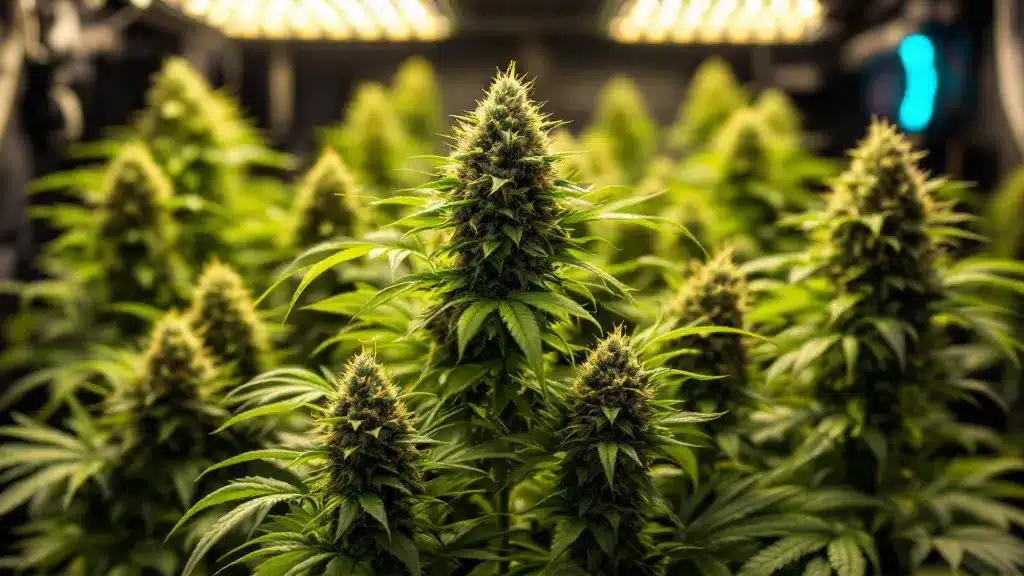
FAQs About Deps vs Indoor Weed
Which method produces stronger weed in deps vs indoor weed?
When comparing deps vs indoor weed, indoor weed often has the upper hand in terms of potency. The precise control over environmental factors in indoor growing allows cultivators to optimize THC and CBD levels. However, deps weed can achieve comparable strength when grown with expertise, benefiting from the natural spectrum of sunlight.
Is deps weed cheaper than indoor weed?
Yes, deps weed is generally more affordable than indoor weed. Lower production costs, thanks to the use of sunlight and fewer energy requirements, make deps weed a budget-friendly option for consumers. Indoor weed, on the other hand, has higher operational expenses due to artificial lighting and climate control, which drive up the final price.
What’s better for the environment?
In the debate of deps vs indoor weed, deps weed is the more environmentally friendly choice. It relies on natural sunlight, reducing energy consumption and the associated carbon footprint. Indoor weed requires significant energy use, making it less sustainable unless powered by renewable energy sources.
Can deps weed match the quality of indoor weed?
Deps weed can absolutely match the quality of indoor weed, but it depends on the grower’s skill and the greenhouse setup. While indoor weed is often praised for its consistent appearance and potency, well-cultivated deps weed can rival its quality, especially when terpenes and natural flavors are prioritized.


